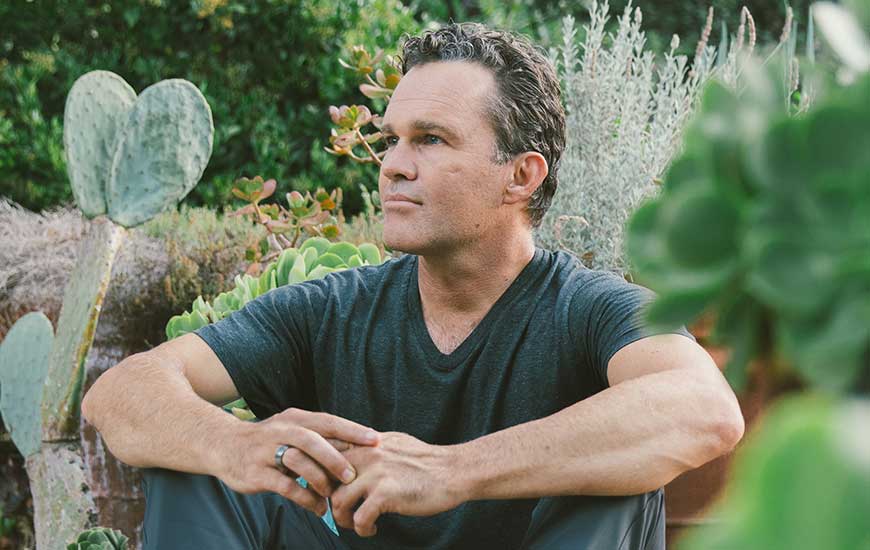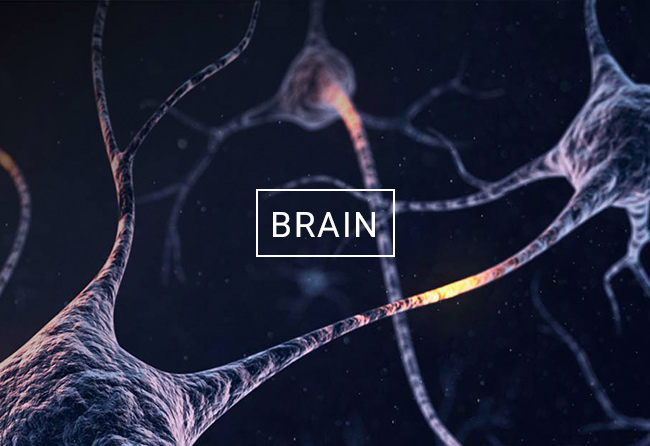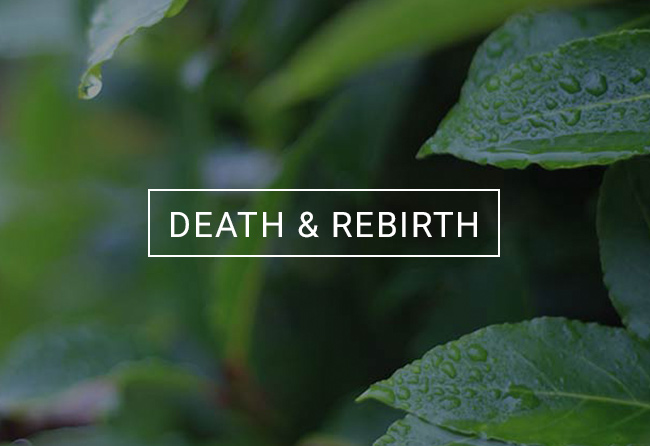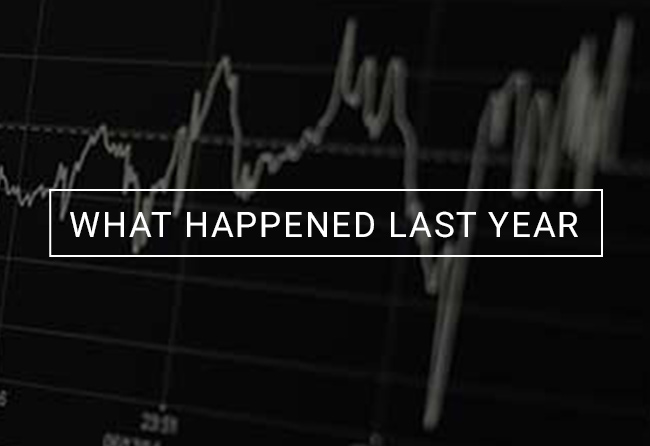POWERED BY THE GLOBAL HEALTH EDUCATION INITIATIVE
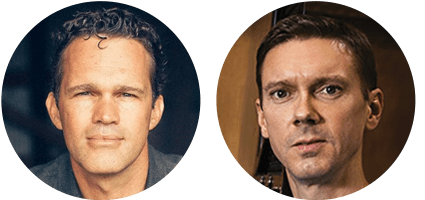
By: Dr. Zach Bush
(Co-authored by Dr. Peter Cummings)
Heart disease is the focus of a tremendous amount of research, and rightfully so — it’s the leading cause of death worldwide.
Over the last year, governments and pseudo-governmental agencies and regulators around the world have coerced corporations and private institutions to mandate or create intense social pressure to facilitate the first direct genetic engineering experiment in human history. Regardless of our opinions on these events, they are happening, and it is fascinating to consider the genetic agent that we have collectively chosen to force the human body to produce.
The various pharmaceutical companies and regulatory agencies have unified behind the genetic engineering of a single protein: the spike protein of coronavirus origin that functions as a vascular toxin. We have targeted the hearts of our children, elders, and peers with this neo-vaccine technology — a brand new type of vaccine that’s never been used before.
This technology is no small feat. We have applied decades of genetic engineering tricks learned from the long practice of genetically engineering our food, which allows our crops to tolerate high amounts of bio-toxic herbicides that are carried in the tissue of the resulting foods and passed on to anyone that eats them. We now use a host of synthetic genomic alterations in these injected agents to ensure the protein toxin is produced in an unregulated fashion in organ systems throughout our body within minutes of injection.
Elements of naturally occurring viruses allow for careful balance between the genomic machinery in human cells and the ubiquitous viral genomics. More than 99% of people exposed to these viruses would remain healthy or return to health after exposure. The critical elements of this balancing act (which have necessarily occured in all multicellular organisms throughout the 3.5 billion years of viral genomics on planet Earth) are intentionally eliminated in these synthetic gene-delivery systems of neo-vaccines. All of the normal regulatory checks-and-balances are bypassed at the molecular level to ensure the vast majority of people injected will overproduce these vascular toxin proteins in organ systems throughout the body for weeks or months rather than the hours or few days that a natural viral protein may be present.
The cardiovascular toxicity of these genetically engineered spike proteins is well established and now widely reported in all countries that have deployed the neo-vaccines.
It’s a spike protein through the heart of humanity. There may be some just poetry to this biologic cliff that we are jumping off of, but if we still have one foot on solid ground, there may be an opportunity to shift our awareness and therefore change our behavior in time to let a new health paradigm begin.
As consumers, governmental agents, scientists, and physicians, we have achieved a startling level of unawareness that could be mistaken as trust in the premise of a chemically co-dependent medical system that goes by the moniker of health care.
Throughout this topic, we will illuminate the science of the heart and its extraordinary biology of resilience and repair that begins the moment the first blood vessels are formed. We will consider the design of a dynamic and flexible vascular system that relies on cholesterol within every cell of that system to achieve the flow state of health. We will consider the ramifications of decades of statin drugs on the flexibility and resilience of our vascular system, and the effects of these drugs on our immune system and the balance of the virome and human genomics. We will also review the vascular receptors that are targeted by the spike proteins of the neo-vaccines to better understand how injury occurs and how we may improve our resilience and recovery in the face of these injuries.


Correlation does not mean causation
We have spent a great deal of time in our Global Health Education series discussing the brain and factors which affect brain health. We’ve learned that the brain produces emotions in response to our perceptions about the environment in which we live; however, even though our emotions are produced by the brain, we associate them with our heart. If the brain is the organ of logic, then the heart is the organ of passion.
On our life’s journey, we often talk about “following our hearts” and “doing things that bring us joy” and “spread love to those around us”. When faced with challenges, we sit and listen to what the heart is telling us to do — it holds the keys to understanding life.
How often have you heard sayings such as: “She plays with heart”; “He put his heart into it”; “My heart skipped a beat when I met you”; or “Home is where the heart is”?
With death being viewed as a threat, science races to discover ways to fight death in an effort to prolong life and follow our hearts for just a bit longer. . In medicine, we do this by identifying risk factors — things that can cause disease and ultimately death if we are exposed to them. It should follow, then, that there be a cause-and-effect relationship between a risk factor and a disease. One of the most common examples is the risk factor of elevated cholesterol and the development of heart disease (also known as vascular disease).
Because the human brain constantly seeks out patterns, interpreting relationships in science can be a challenge. One of the more difficult aspects to sort out is the relationship between cause and effect. Just because a perceived risk factor is seen in association with a disease doesn’t mean it was the cause. Causation must mean that exposure to the risk factor caused the outcome.
For example, low socioeconomic status is associated with an increased risk of many diseases, such as heart disease. There is a clear association, but does that mean that low socioeconomic status is a cause of heart disease? No. Many of the most impoverished nations around the world have the lowest levels of heart disease. We do not see poverty increase the risk of heart disease until that poverty is expressed within a Westernized processed food environment. A more realistic explanation is that people of lower socioeconomic status are more likely to have exposure to poor diets and smoke compared to higher income individuals, and it’s these environmental factors that are causing the disease, not poverty itself. So, there is an association between low socioeconomic status and heart disease, but no cause and effect.
The issue becomes even more complex when things happen by chance and our pattern-seeking brain really wants to see a cause-and-effect relationship. One of my favorites is the correlation of per capita cheese consumption and the number of people who have died by becoming tangled in their bed sheets. Another is the correlation of swimming pool drowning events and the number of films Nicholas Cage appears in over the last 30 years.
Read more about those here.
Medicine is filled with many associations that are not causations, like cholesterol and vascular disease
The problem is, humanity is historically slow to change beliefs. We can change cell phones and technologies in the home with blinding speed. But to change a belief, especially if it is scientific or religious in nature, can take years, decades, or in many cases centuries to shift. Despite the appearance of being highly progressive and cutting-edge, much of Western medicine is bogged down in dogma that is decades and centuries old. Once a theory takes hold, it’s hard to extinguish it.
Nothing solidifies a hypothesis as fact more than a Nobel Prize. In 1985, Nobel Award winners Michael Brown and Joseph Goldstein stated ‘The more LDL [cholesterol] there is in the blood, the more rapidly atherosclerosis develops.’ And with that, this correlation was mistaken for causation, and cholesterol became the cause of vascular disease and public enemy number one. And it’s a belief held even today despite evidence and reems of scientific understanding to the contrary.
Heart disease is the focus of a tremendous amount of research, and rightfully so — it’s the leading cause of death worldwide. Through decades of study, scientists have identified multiple genes and environmental conditions that can potentially increase the risk of dying of heart disease. But trying to understand how these risks affect us is complicated.
Heart disease is the focus of a tremendous amount of research, and rightfully so — it’s the leading cause of death worldwide.


Cholesterol is not an evil substance
The last 40 years of biomedical science has suggested cholesterol is necessary for life and health. It has now been established as a vital component of our daily health as a cornerstone to our resilient and regenerative health. Among a vast number of critical roles, cholesterol is the building block for many of our steroid hormones (estrogen, testosterone, vitamin D, etc.), as well as our vascular and neural cell walls and our innate immune system.
Cholesterol circulates in the blood in packages containing special proteins called lipoproteins. These lipoproteins help make the cholesterol soluble in your blood and help direct the cholesterol to the target cells and tissues where it is needed. The more fat content and less protein a lipoprotein has, the less dense it is; conversely, the less fat content and the more protein it has, the more dense it is. For this reason, cholesterol is described clinically by it’s relative density. So when you visit your doctor and have a cholesterol test it will measure these different forms of cholesterol which are (in order of decreasing density): high-density lipoproteins (HDL), low-density lipoprotein (LDL), very-low-density-lipoprotein (VLDL), and triglycerides.
Predictors of cardiovascular disease
In the traditional theory, the higher your cholesterol, specifically the LDL cholesterol, the greater your risk of developing heart disease. It was originally thought that the excess circulating LDL particles would pass through the cells lining the arteries and become trapped in the wall of the artery. Once stuck, they initiated an inflammatory reaction that caused the arteries to narrow leading to heart attacks and strokes.
If the 1985 cholesterol theory is correct, that LDL cholesterol is causing heart disease, then there should be a demonstrable connection between the blood cholesterol levels and the extent of disease.
In fact, there is no relationship between the level of LDL and the severity of arterial disease. It is well established through numerous studies that there is no relationship between the level of cholesterol and the severity of atherosclerosis detected by autopsy. The level of blood cholesterol also has no relationship to the severity of atherosclerosis detected by angiogram, which is a test where dye is injected into the arteries making them visible on an x-ray.
If cholesterol isn’t causing the arterial disease, then why does a high cholesterol predict cardiovascular disease? It may be because high cholesterol levels could be secondary to other factors in our environments that promote disease in other ways. Lack of physical activity, smoking, obesity, and mental stress; in these situations, high cholesterol may be an epiphenomenal sign that something else is wrong.
What we do know is that individuals with chronic inflammatory diseases have an elevated risk of developing heart disease. We also know that lack of exercise, poor diet, lack of sleep, and stress are associated with chronic systemic inflammation and an increased risk of developing cardiovascular disease.
It may be that living in a state of chronic inflammation is altering the ability of our arteries to keep cholesterol out of the vessel walls and also altering the lipoprotein to make it more toxic to the body.
Interestingly, research is showing this to be fact.
We are seeing a similar situation in our current pandemic, where association and causation are being confused. It’s been widely reported that the COVID-19 virus is the cause of the many reported pulmonary complications. However, it is not the virus itself that is leading to destruction of the lung tissue. Damage to the lung is the result of an overactive inflammatory response — the exact mechanism of which is still uncertain. It is interesting to note that the majority of individuals who are encountering complications have other diseases considered to be chronic inflammatory conditions. We can associate the virus with lung complications, but we can’t say it’s causing them.
We have come to a place in our society where science by press conference is the norm. Words such as “might”, “possible”, “could” now equate to certainty. As the headlines are echoed throughout the media, these important qualifier words are left out of our conversations. Vaccines that “might” prevent infections now prevent infections. Now more than ever, it’s important to dive behind the headlines and do your due diligence of what you read and hear.
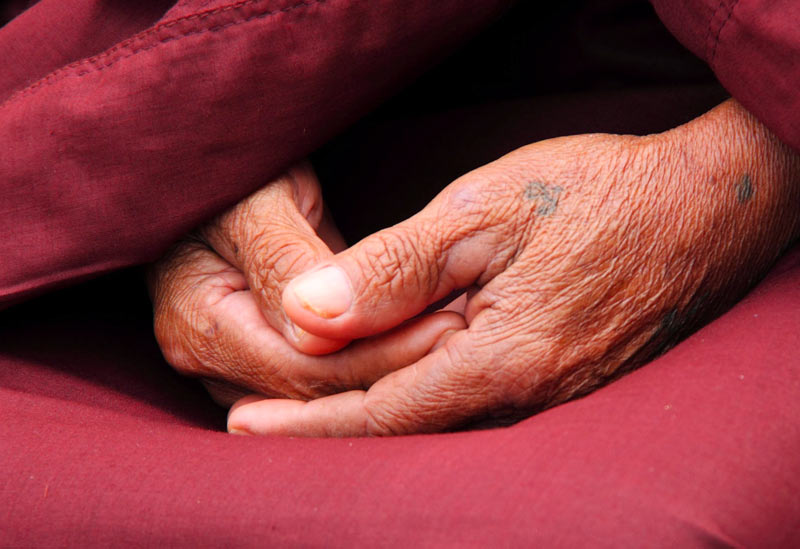

We are resilient in mind, body, and spirit.
To exercise these traits, we will have to come to terms with our oppositional beliefs, fears, and actions in our current disease-minded paradigm, and we will have to begin to dream a new premise for health. We will have to humble ourselves to understand that our health was never reliant on the conjuring of ever more complicated technologic weapons against nature.
We are the result of nature. This is a nature that existed for billions of years, always striving and achieving greater biodiversity and intelligence within life on Earth. We may be the most intelligent species to occur within this nature, but that intelligence will have to move out of the fight-or-flight state if we are going to find new footing. We are going to have to choose to love and respect not just ourselves, but all of nature in its bounty and beauty. We are going to have to find a new rhythm for humanity. A new heartbeat to guide our future education, innovations, relationships, and communities. We are going to have to fall in love with life, rather than waste our last days in fear of death.
RESOURCES
RELATED PODCASTS
Embracing Your Microbiome

